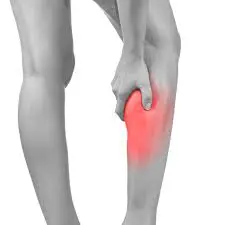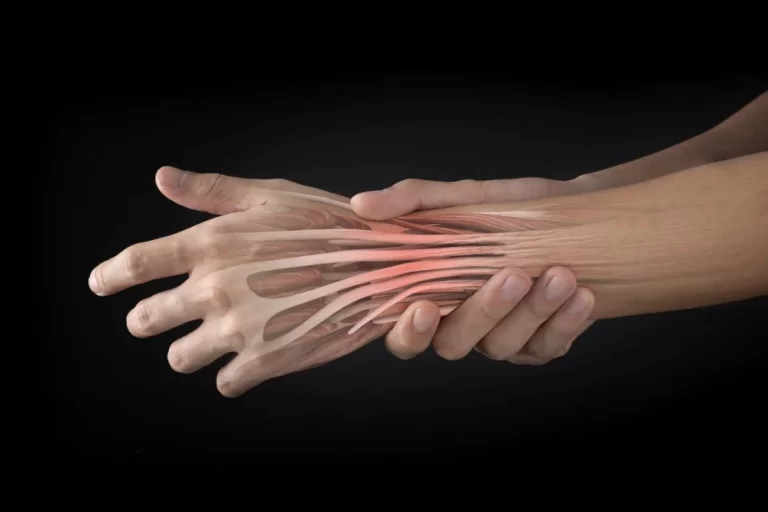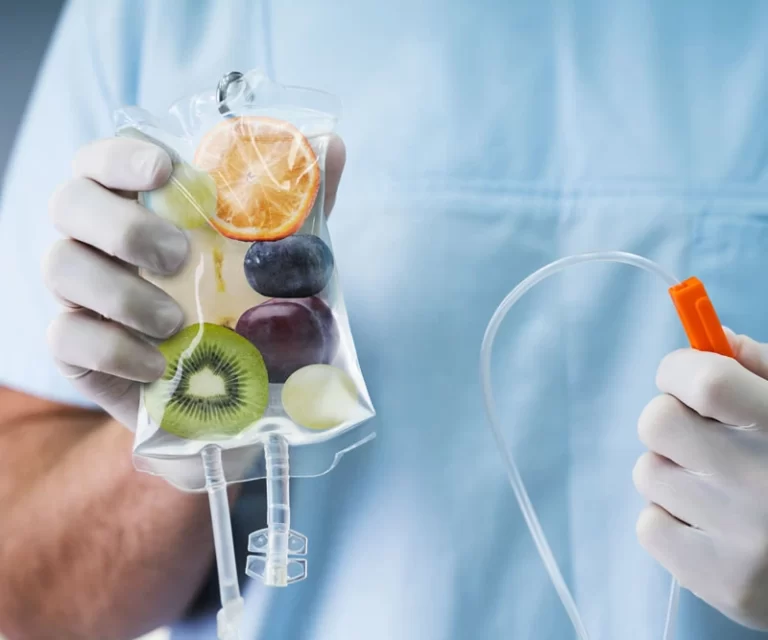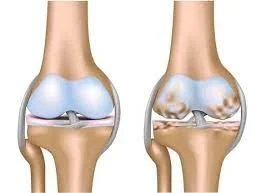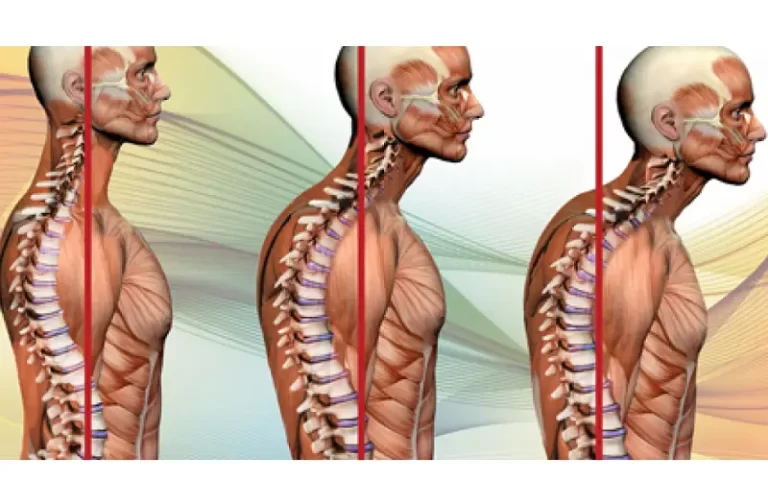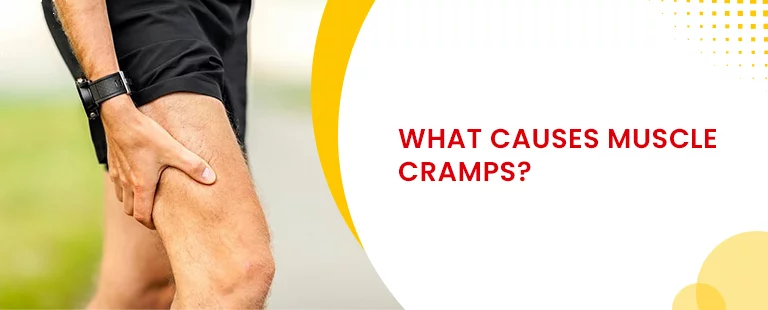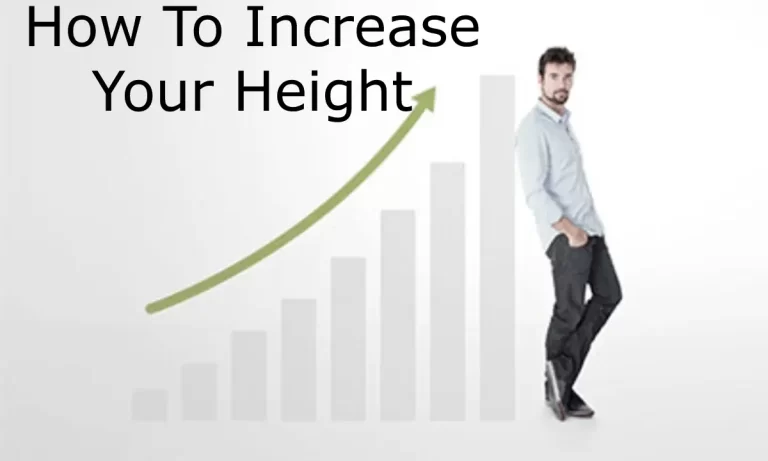Calf Cramps
What is a Calf Cramps?
Calf cramps refer to sudden, involuntary muscle contractions and spasms within the calf muscle. This can lead to an abrupt, intense pain in the lower leg region that typically lasts for seconds up to several minutes.
For many people, calf cramps occur most commonly and painfully first thing in the morning or at night, often waking a person from sleep. Other times, they may happen during or after exercise. A calf cramp can make it difficult to walk or go about normal activities until the painful tightening sensation passes.
While not usually indicative of a serious medical problem, calf cramps can contribute to fatigue and interfere with sports performance, work productivity, and quality of life if occurring frequently. Understanding the common underlying causes and learning techniques to prevent and treat calf cramps can help people better manage this disruptive condition.
Causes of Calf Cramps
Dehydration
Lack of fluids is a prime cause of calf cramping. When the body is dehydrated, it suffers electrolyte imbalances as important minerals like sodium, potassium, calcium, and magnesium get depleted. These nutrients are essential for muscle contraction and relaxation. Deficiency causes involuntary muscle spasms and painful cramping sensations. Staying properly hydrated by consuming enough water and electrolyte-containing beverages can prevent dehydration-related calf issues.
Muscle Overuse & Fatigue
Calf muscles that get overworked are more prone to cramping. Prolonged standing, walking long distances, consistent tiptoe reaching, or repetitive calf motions can overtax the calf muscles. Runners, hikers, dancers, and athletes are at high risk. When calves experience fatigue, lactic acid buildup causes painful spasms and cramping. Allowing calves extended rest periods prevents overuse issues. Low endurance in the calves also causes cramping in some people.
Tight Calf Muscles
Tight, stiff calf muscles place excessive tension on the muscle fibers. Short, contracted calf muscles are often inflexible and lack the elasticity needed to smoothly extend and relax. This strain triggers painful spasms and sudden cramping.
Gentle stretching helps relax calf tension. Massage therapy breaks up adhesions. Range of motion exercises improve flexibility. Addressing muscle tightness prevents cramping.
Leg Positions
Maintaining calves in contracted positions for too long causes cramping once blood circulation gets restricted. Pointing toes downward in ballet stances, keeping legs crossed for prolonged periods, and tucking knees while sleeping are common culprit positions. Lying completely flat can also trigger cramps by shortening calf muscles. Adjusting these positions encourages relief.
Underlying Conditions
Various underlying medical conditions can cause secondary calf cramping as well:
- Peripheral Artery Disease – Plaque narrows arteries decreasing oxygenated blood flow to calves making them cramp.
- Diabetic Neuropathy – Nerve damage in the legs causes calf muscle instability.
- Hypothyroidism & Hyperthyroidism – Thyroid hormones impact electrolytes and muscles.
- Mineral Deficiencies – Magnesium, potassium, and calcium imbalances disrupt muscles.
- Lumbar Radiculopathy – Pinched nerves in the spine can radiate calf pain.
Getting appropriate treatment for underlying illnesses often alleviates associated muscle cramps.
Risk factors for developing calf cramps
Age
Advanced age is associated with increased calf cramping due to natural loss of muscle mass and reduced blood circulation that comes with aging. Calf muscles may be overtaxed more easily. Older adults also often take medications that list muscle cramps as a potential side effect or have medical conditions that contribute to cramping.
Diabetes and Thyroid Issues
Having diabetes, especially if blood sugar levels are poorly controlled, makes one more prone to calf cramping as high blood sugar can damage nerves.
The thyroid gland helps regulate muscles and cramping can be a sign of hyperthyroidism or hypothyroidism. Those with these conditions should be monitored for calf cramping.
Pregnancy
Calf cramping is very common during the second and third trimesters of pregnancy, likely because of expanded blood volume stressing calves, uterine pressure on nerves, and nutrient demands on the body. Pregnant women may suddenly experience new-onset calf cramping. Staying hydrated and supplementing magnesium can help provide relief.
Medications
Certain prescription drugs list muscle cramping as a potential side effect, like diuretics, statins, and steroid medications. Checking with a pharmacist determines if a new medication could be contributing to calf cramping complaints. Changing timing or dosage may alleviate this.
Improper Footwear
Wearing high heels, inflexible dress shoes, worn-out sneakers, or other unsupportive shoes forces calf muscles into strained positions. This can fatigue calves faster and make them prone to painful cramps and spasms. Ensure shoes provide cushioning and shock absorption, and accommodate any foot issues.
So in summary, older adults, those with chronic health conditions, pregnant women, medication users, and people wearing improper shoes have an increased risk for troubling calf cramping. However, calf cramps can happen sporadically in anyone.
Recognizing personal risk factors allows quicker prevention and treatment when episodes occur. Monitoring for patterns identifies potential originating causes specific to the individual.
Tips for how to get relief from Calf Cramps
Stretch the Calf Muscle
When you feel a calf cramp coming on, stop what you are doing and stretch the calf muscle group right away. Gently bend the knee of the affected leg and pull your foot and toes back toward your shin to stretch the calf muscle.
You can also do a straight leg stretch while sitting by placing a towel under the ball of your cramping foot, keeping your heel on the floor, and leaning forward into the stretch. Hold for up to 30 seconds until the cramping sensation starts to subside.
Massage the Muscle
Use your hands to vigorously massage and apply pressure to the calf muscle, directing pressure toward your heart. This helps stimulate blood flow and relax the tense, contracted muscle fibers. You can also roll a tennis ball under your calf or rub the area with an ice cube for temporary numbing relief from painful spasms.
Apply Heat
Applying a heating pad, warm towels, or a hot water bottle to the cramping calf muscle helps stimulate increased blood flow to ease tense muscle fibers faster. The increased warmth reduces tightness in the calf to provide soothing comfort. This works best for muscle-related cramps not resulting from dehydration or overheating.
Stay Hydrated
Dehydration and electrolyte imbalance a key triggers of sudden calf cramps. At first signs of cramping, replenish fluids immediately by drinking water or a sports drink. Broth or pickle juice can help rapidly restore sodium levels often depleted before cramping episodes. This assists with quick recovery and rehydration which will relax the calf.
Over-the-Counter Medication
For temporary pain relief during severe calf cramping, an over-the-counter NSAID medication like ibuprofen or naproxen can reduce inflammation. Acetaminophen may also help alleviate discomfort associated with calf spasms when needing to remain active and on your feet.
Implementing one or more of these methods at the first twinge of calf cramping can help temporarily ease discomfort to get through the painful sensations faster. Always monitor hydration and calf muscle condition between cramp episodes as well. If cramps become frequent or severe, visit a doctor to diagnose potential underlying causes.
Prevention strategies
Stay Properly Hydrated
Dehydration is a major contributor to calf cramping, so maintaining proper fluid intake is key. Drink enough water daily, about 1⁄2 your body weight in ounces, and more during hot weather or exercise that induces sweating.
Consuming electrolyte-rich drinks like coconut water or sports beverages with sodium and potassium helps replenish what is lost through sweat. Getting sufficient fluids reduces the likelihood of calf issues.
Stretch and Strengthen Calves
Simple calf stretches and exercises for a few minutes daily help keep calf muscles flexible and less prone to painful spasms. Standing calf stretches like pressing against a wall and bounce stretches like raising on tippy toes are easy to incorporate. Seated soleus stretches with bent knees target the deeper calf muscles. Strengthening calves with heel raises, calf presses, and resistance band exercises improve stamina.
Wear Supportive Footwear
Select footwear that provides adequate shock absorption, cushioning, and arch support. Cushioned running shoes and inserts accommodate overpronation issues. Avoid consistently wearing high heels or dress shoes lacking support.
Wearing compression socks improves circulation. Ensure adequate toe room for a full range of motion and replace worn footwear regularly to optimize support.
Address Underlying Conditions
Manage any medical issues like vascular diseases or musculoskeletal conditions contributing to calf cramps. Achieving consistent blood glucose control minimizes calf neuropathy if diabetic.
Getting thyroid levels checked identifies any hypo/hyperthyroid link. Changing medications can treat cramping side effects. Treating associated health conditions helps prevent secondary calf cramp complications.
Supplement Nutrients
If the diet is lacking key minerals, calcium, magnesium, and vitamin D supplementation can help restore nutrient levels needed for muscle functioning. Potassium supplements may also help those experiencing frequent calf issues, but consult a doctor first regarding proper dosing. Absorbing enough of these vitamins and minerals aids calf strength and cramp prevention.
The best prevention plan involves staying hydrated, stretching calves regularly, supporting feet biomechanics, addressing associated health issues, and supplementing nutrients related to muscle regulation. This comprehensive approach reduces risk factors related to calf cramping for more comfortable lower legs.
When to Seek Medical Attention
While most calf cramps are benign, there are certain scenarios where seeking medical care is recommended:
- If calf cramps occur several times a week and self-care strategies do not relieve cramping episodes. Frequent calf issues may require further diagnosis.
- If calf pain and muscle weakness lasts for several days after a cramping episode rather than resolving quickly. Prolonged pain or loss of strength could indicate an underlying neuropathy or nerve compression.
- If the lower leg feels generally weak making walking difficult, this may reflect an underlying condition like spinal stenosis impacting nerves.
- If cramping only occurs at night or while at rest, this pattern warrants investigation to determine the cause.
- If swelling, redness, or changes to calf skin accompany muscle cramping this may reflect a blood clot or underlying infection.
- If you have other concerning lower leg symptoms present like numbness, tingling at rest, or burning sensations in the calf. New neurological symptoms should be evaluated.
Summary
Calf cramps are characterized by sudden, involuntary contractions of the calf muscle, leading to abrupt pain and tightness that temporarily limits mobility. While not typically indicative of serious illness, the disruptive sensations can greatly impact the quality of life. Understanding causes, preventatives and relief tactics empower management.
The primary triggers are dehydration, overworked calf muscles, restrictive footwear, and certain health conditions. Older individuals and those with diabetes or thyroid dysfunction have a heightened risk. Staying hydrated while regularly stretching and strengthening the calves aids prevention. Custom orthotics can optimize biomechanics. Addressing associated medical issues may alleviate secondary symptoms.
When cramps strike, urgently stretch the calf, massage the muscle, and apply heat to stimulate blood flow to the area. Ice and over-the-counter analgesics can temporarily dull pain. Continuing calf muscle conditioning, wearing supportive shoes, and maintaining fluid intake make recurrence less likely. Tracking triggers helps avoid exposures.
While most calf cramp cases resolve independently or with conservative care, recurring or worsening episodes accompanied by enduring weakness or neurological symptoms warrant medical assessment. Seeking treatment rules out complications like arterial or spinal diseases which require specific interventions. Early diagnosis facilitates recovery.
In summary, calf cramps have multiple causative factors, and prevention is centered on hydration and muscle health. Stretches and massages encourage relief at the moment. Though generally benign, investigating stubborn or atypical calf cramping can identify treatable root sources when present. Addressing causation and individual risk factors provides the best protection.
FAQs
What causes my calf cramps to happen mostly at night?
Nocturnal calf cramps often relate to daily fluid loss and muscle fatigue while active or in certain positions during the day.
Are calf cramps a sign of an underlying health problem?
While sometimes indicating an issue like peripheral vascular disease, usually calf cramps happen independently in otherwise healthy people due to factors like dehydration and strain. However, frequent or severe episodes may warrant medical investigation.
How can I quickly stop a painful calf cramp?
Stretching and massaging the calf while staying hydrated can rapidly alleviate an episode. Applying heat promotes blood flow to relax the muscles.
What prevents calf cramping long-term?
Regular calf stretching and strengthening coupled with adequate fluid intake and electrolyte balance decreases the likelihood of dehydration or overuse-related cramps.
When should I see my doctor about calf cramps?
Seek medical advice if standard self-treatment strategies don’t relieve frequent/severe cramping or if enduring calf weakness/numbness follows episodes to check for underlying illnesses.
References
- Cpt, T. R. B. (2022, August 29). When Should You Worry About Calf Pain? Healthline. https://www.healthline.com/health/when-to-worry-about-calf-pain#causes
- Professional, C. C. M. (n.d.). Calf Muscle Pain. Cleveland Clinic. https://my.clevelandclinic.org/health/symptoms/22274-calf-muscle-pain
- Muscle cramp – Symptoms and causes – Mayo Clinic. (2023, March 7). Mayo Clinic. https://www.mayoclinic.org/diseases-conditions/muscle-cramp/symptoms-causes/syc-20350820

